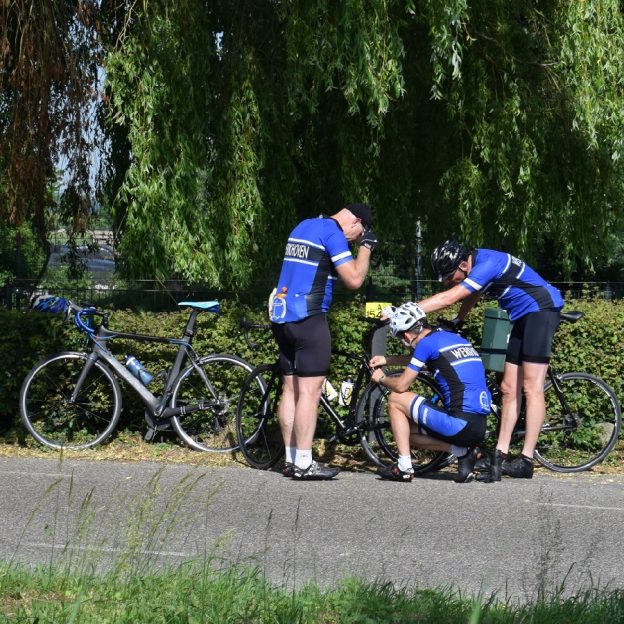Tag: trailside repair
-

Causes of a broken chain and the quick and easy ways to fix it
The second most common trailside mechanical to a flat tire is a broken chain. While it could be the end of an otherwise great ride, with a little preparation, you can easily and quickly get if fixed and back on the road. Read on to learn the causes of and remedies to a broken chain.
